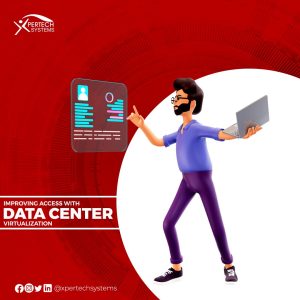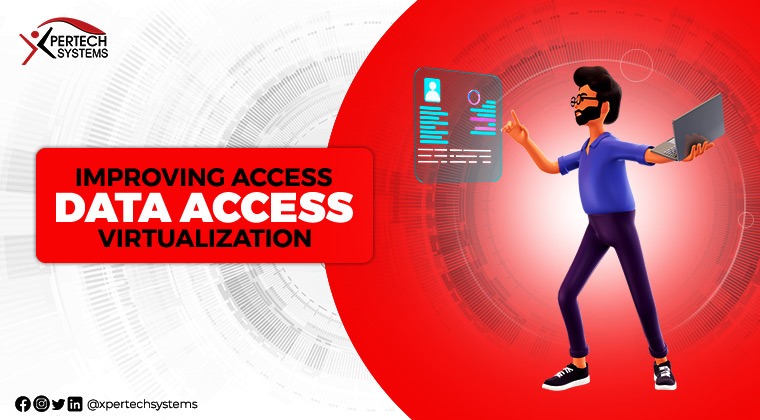IMPROVING-ACCESS-WITH-DATA-CENTER-VIRTUALIZATION
Today’s business climate is changing at a remarkable pace. This has created opportunities that did not exist decades ago. If you want to get ahead, however, you need to know what you are doing. In today’s world, data center virtualization is remarkably popular. This is a noteworthy strategy because it creates a  disconnect between hardware and software. If you’re looking to improve productivity, this can be a great option. You may or may not understand this now, but the truth is that this is a huge improvement over existing information technology.
disconnect between hardware and software. If you’re looking to improve productivity, this can be a great option. You may or may not understand this now, but the truth is that this is a huge improvement over existing information technology.
Appropriate software plays a big role in any data center virtualization strategy. Strong software gives you a great way to communicate efficiently and effectively. In the twenty first century, there are dozens of businesses that specialize in data center virtualization. Because there are so many options out there, it can be tough to make a good decision. If you review things carefully, though, you will inevitably find something that works for you.
First, you need to think about what you need. Make a comprehensive list of all the software and hardware that you are using now. What are your security needs? Are you using a great deal of storage space? Which operating systems do you run on? Once you know what you are looking for, it will be easy to find a virtualized data center that will meet your needs. Integration is crucial. This will make the conversion process quicker.
Data center virtualization relies on your network. You need a strategy that is compatible with your pre existing network. There is only one thing that you really need to think about. Are you looking for a process that is local or hosted? In a local approach, an abstraction is applied to the single computer that is on the system. If you want information stored on a separate serve, you should go with the hosted option. This plan involves creating a permanent connection between the computer and the server. Both of these approaches have their advantages and disadvantages. The bottom line is that you need a data center virtualization strategy that will suit your company’s needs.
Remember that it is not the strong that survive. The truth is that survival is a matter of adaptability. Today, things are changing more quickly than ever. Follow the link to learn more about unified communications. The only way to succeed in business is to change with the times. This means that data center virtualization is crucial. It will dramatically improve your company’s ability to be flexible and versatile. As time goes on, this should have a positive influence on your bottom line.
credit: google trends blogs / Data Center management blog
